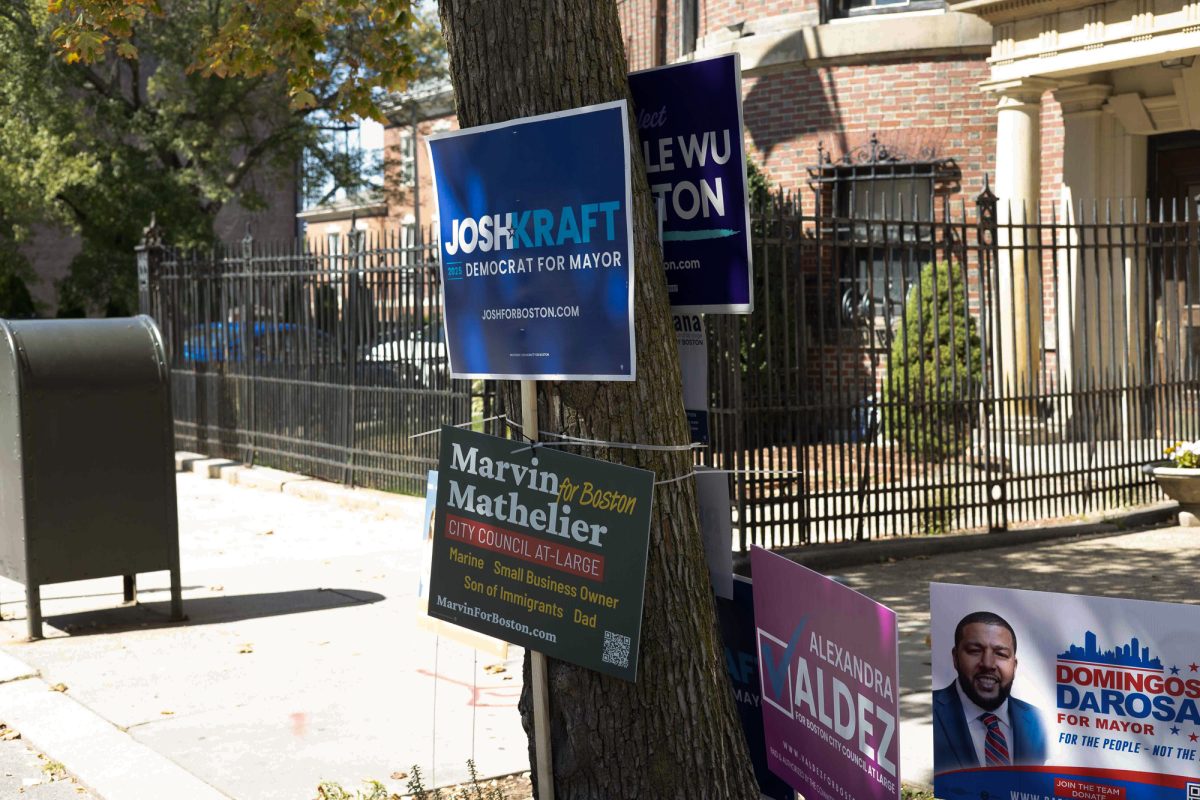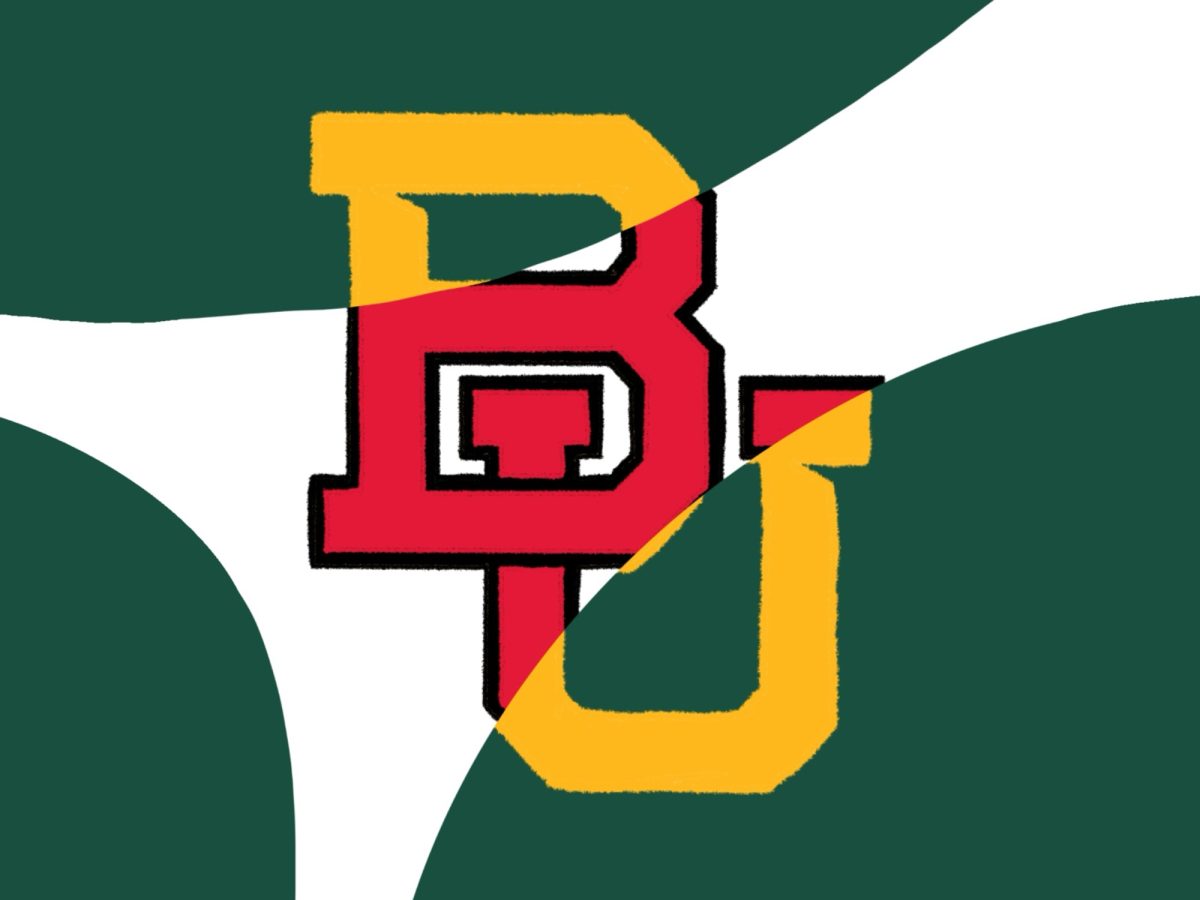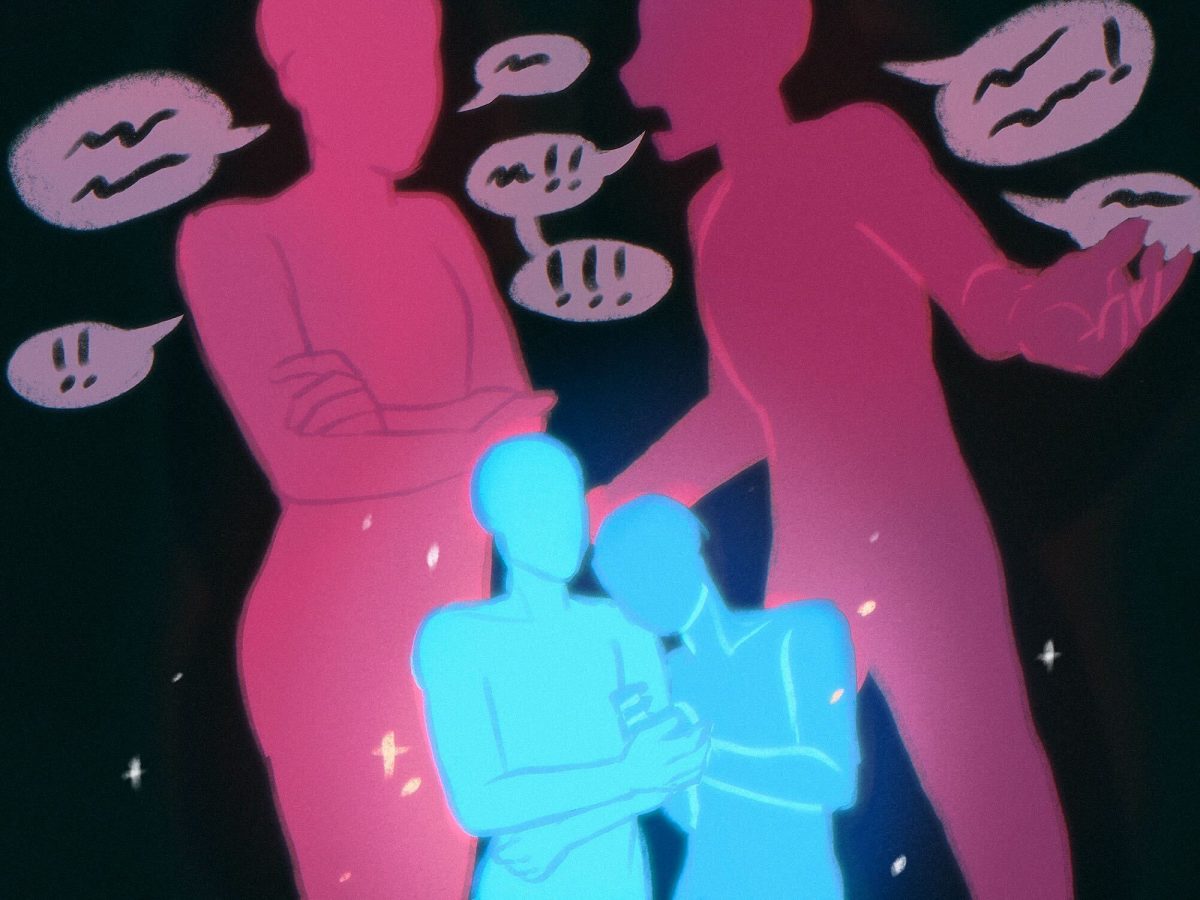There’s no question that the NHL is a league that seldom lacks any type of physicality.
Shocking, I know.
After all, the physical aspect of a hockey game is what makes it more entertaining. If you ask any hockey fan, a typical game consists of at least one fight, a few goals, a medley of dips, dekes and drags and a lot of hits. Lots of hits.
These hits, known as checks to the uninitiated hockey fan, has been as much of a mainstay to the game as Don Cherry’s horrific suits and Montreal Canadiens fans’ obsession with Maurice “Rocket” Richard almost 50 years later.
While checking has always been found in the game, the issue of contact to the head, whether intentional or inadvertent, has raised a problem in the past and has resurfaced recently.
The NHL has arguably passed the most rules and regulations amongst any of “The Big Four” North American teams in terms of protecting its players from injuring their head or neck.
Within the past few years, the NHL Department of Player Safety passed Rule 48, regarding intentional targeting of the head. The rule states that intentional targeting of the head as the principal point of contact is prohibited, which is a noble decree from the NHL indeed. Too bad Rule 48 has done little to deter the deadly issue.
The current in-game punishment for violating Rule 48 is a minor penalty or, at the referee’s discretion, a match penalty. Each time a player is assessed two misconduct penalties, they will be suspended one game and an additional game for any subsequent misconduct. The commissioner can issue supplementary discipline or fines.
Despite these penalties, the scenario of players suffering serious head injuries has been a recurring issue in NHL rinks across North America.
So what exactly have the issues been? According to ESPN.com, the 2013-14 NHL season had 53 concussions reported, yet only 35 suspensions.
There were also incidents where even though no penalty was given by game officials due to a specific incident, the league’s disciplinary committee still passed a suspension for a hit to the head.
When Brandon Prust of the Canadiens hit New York Rangers’ Derek Stepan from the blind side in Game 3 of the Eastern Conference Finals on May 22, no penalty was called. The play resulted in Stepan breaking his jaw and Prust getting off clean.
It wasn’t until the NHL Department of Player Safety took a closer look at the play that Prust was suspended for two games.
There have been several other incidents that have resulted in players being concussed – perhaps the most infamous incident being the one that essentially robbed Boston Bruins All-Star Marc Savard of his career.
On March 7, 2010, Savard incurred a grade 2 concussion following a blind side hit by then-Pittsburgh Penguin goon Matt Cooke. Savard would miss the remainder of the regular season and the first round of the playoffs that year.
Despite taking Savard out of commission, Cooke was neither penalized nor disciplined by the NHL for his actions.
Savard, meanwhile, would play 25 games in the 2010-11 season before suffering another concussion in a game against Colorado Avalanche on Jan. 23, 2011.
Since his most recent concussion, Savard has yet to see action in an NHL game. Recent updates describe Savard as having symptoms of vertigo, as well as frequent headaches, making it unlikely that he will ever see ice time in the NHL again – an unceremonious exit for a player with over 700 career points to his resume.
In a sad twist of fate, his assailant, Matt Cooke, is still playing in the NHL. Having since been disciplined for other on-ice incidents, Cooke is one of the most infamous players in the league. Some have even mentioned that Cooke should be banned for life.
The circumstance of Cooke leads to the million-dollar question: What must be done to ensure that no repeat incidents occur?
Simply put, the NHL must enforce stricter punishments on those who violate Rule 48.
Some changes that must be made include the removal of a minor penalty to be replaced by a major penalty for any violation. Game misconducts and match penalties should also be applied to more severe infringements of Rule 48.
In addition, stricter suspensions must be put in place to better deter players from violating Rule 48 in the first place. A possible solution could be suspending a player for as long as the injured player must sit out. If this fails, then a five-game suspension should be assessed for the first violation of the rule, with an additional five games given for each following incident.
So how can the league be changed? Some answers might be changing the dimensions of the ice from standard to international, making games less physical and oriented more toward conditioning. Another possibility includes the prohibition of fighting from games. While not a benefit to fans, it would make the game much safer for all players and eliminate enforcer players, like Cooke, from being able to fit a role on a team.
Physicality is a part of hockey. Sickening hits on defenseless skaters, however, has no place in this game. It’s time for the NHL to step up and make a change.



















































































































